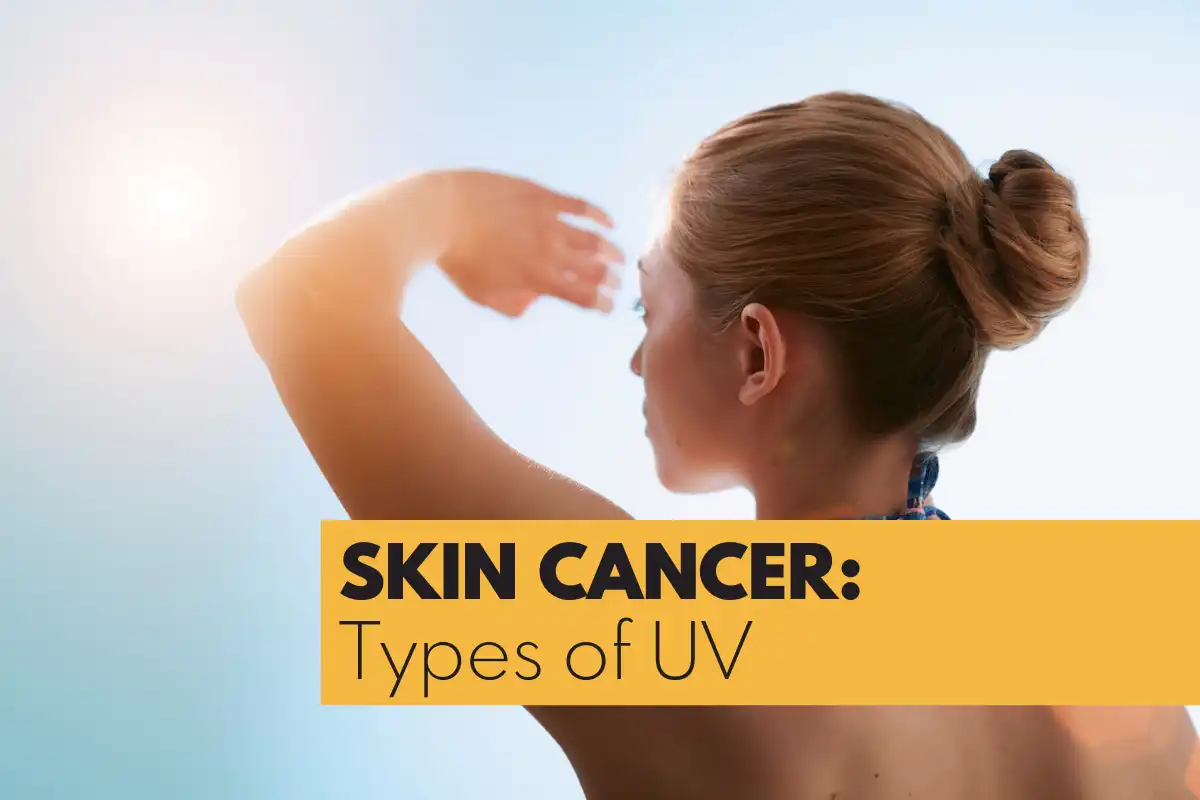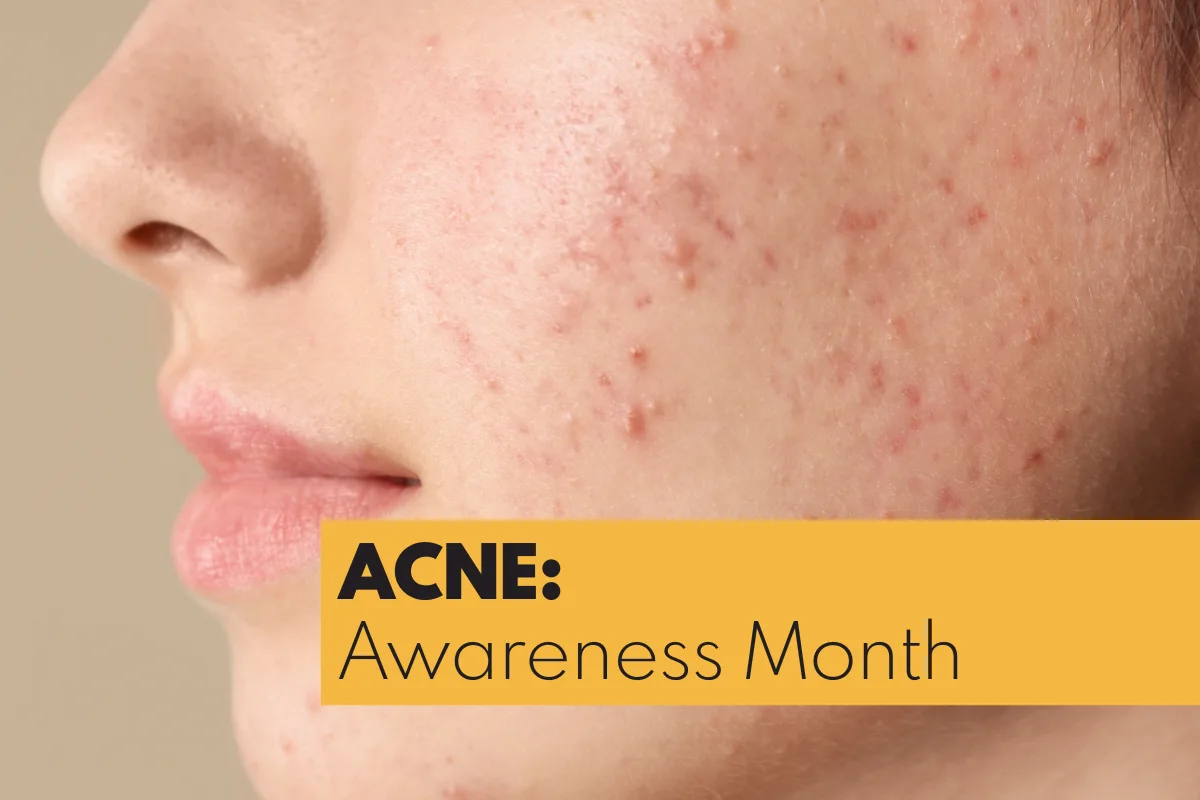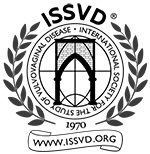
I believe in a sunscreen wardrobe. If you have only one sunscreen you like and you wear it every day, that's great. The kind of sunscreen used and the way it is applied are important details that affect the benefit, but consistent use is even more important. Sunscreens come in lotion, cream, powder, stick, spray, and balm. They come in clear, and in a variety of different tints. Find sunscreens you like to wear, that feel and look good on your skin and are easy to apply. The more you enjoy wearing it, the more likely you are to get into good daily habits with wearing it. we have over 45 different sunscreens in our store, and we’re happy to help you find some that suit you.
Mineral sunscreen
Mineral-based sunscreens are best, so look for zinc oxide as the primary ingredient, at around 10% or greater. Mineral sunscreens are safer and more effective. Zinc oxide offers the broadest protection of any ingredient against the damaging UVA rays.
Chemical sunscreen
Chemical sunscreens will prevent burning by protecting against UVB, but they cover only a small part of the UVA spectrum, leaving the rest to be absorbed by skin. You may notice this in the form of tan (and tan = damage).
SPF 30 or higher
The American Academy of Dermatology recommends at least SPF 30. Choose a sunscreen with SPF of at least 30, that is water resistant if exercising or in water, and broad spectrum.
Application of sunscreen
Apply sunscreen at least 15 minutes before going outside (to allow sunscreen time to bond with the skin). Reapply sunscreen every 90-120 minutes, and after swimming. Use a generous amount of sunscreen. The average person applies about 25% of the amount of sunscreen needed to achieve the SPF on the bottle, so use more than you think you need to. One ounce (the amount in a shot glass) is needed to cover the average adult male, more or less for larger or smaller persons.
Supplements and coffee can help reduce the risk
Consider taking a supplement called Polypodium leucotomos. This plant-based antioxidant derived from a fern reduces the risk of skin cancer and sunburn and protects the skin from the aging effects of free radicals from UV exposure (J AM Acad Dermatol. 2004; 51:910–918.) This is often combined with nicotinamide, which reduces the risk of non-melanoma skin cancer by 23% in one study (Am Health Drug Benefits. 2015 Aug; 8(Spec Issue): 13–14.) Sunisdin and Heliocare are two such supplements, both available in our store. Although not a substitute for sunscreen, this is an important part of good sun protection. Multiple studies have shown that drinking caffeinated coffee is associated with reduced risk of both melanoma and non-melanoma skin cancer. Each cup reduces risk by 5%, and the effect is dose dependent. More coffee = less skin cancer risk, up to a maximum reported reduction of 30%.











